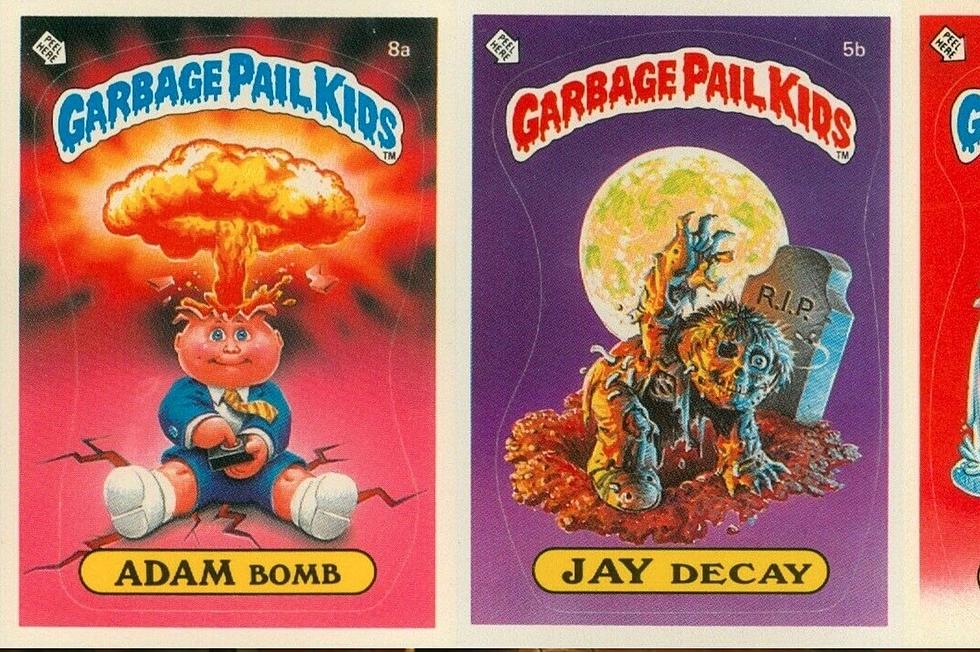
True Blue? Central WA University Has A Way To Know For Sure
If you have lived in Central Washington for any length of time, chances are pretty good that you have at least heard of the Ellensburg Blue Agate and perhaps you even own some Ellensburg Blue Jewelry. And maybe just maybe you've been rocking hunting up by Ellensburg hoping to find a true blue of your own.
My Ellensburg dot com defines the Ellensburg Blue as " the third rarest gemstone found around the world.... started drawing attention around the 1920s and have become more popular throughout the years... Because of its elegance, (the tribal chiefs of the Kittitas Indians) were the only individuals allowed to wear this magnificent gem."
So we're talking about an agate and all agates are O-L-D...like 50 million years old with defining features being bands of color on the stone and their translucency - meaning light passes through the stone especially near the edges.
"These rare stones were formed in the sedimentary rock found near the Teanaway basalt. Formed by fluid, dense with minerals, flowing into the cracks found in the sedimentary stone, the stones were then transformed into veins of agate."
The stones are getting harder and harder to find and with rock hunting hopefuls wondering if they have finally found the real deal, Central Washington University (CWU) has developed the expertise to help.
In a press release CWU says Dr. Angela Halfpenny, the Murdock Research Laboratory manager at Central Washington University, has been using the lab’s analytical instruments to test hundreds of mineral samples and develop a way to validate the authenticity of “Ellensburg Blues" as opposed to similar minerals, such as Holly Blues, Montana Blues, Mexican Blues, and African Blues.
Halfpenny said understanding the minerals’ chemistry is what allows researchers to determine why certain rock varieties stand apart — and, ultimately, why Ellensburg Blues are more valuable than their look-alikes from around the world.
More From KMGWFM

![Cougar Caught in Ephrata Homeowner’s Kitchen [VIDEO]](http://townsquare.media/site/133/files/2021/05/Sink.jpg?w=980&q=75)








